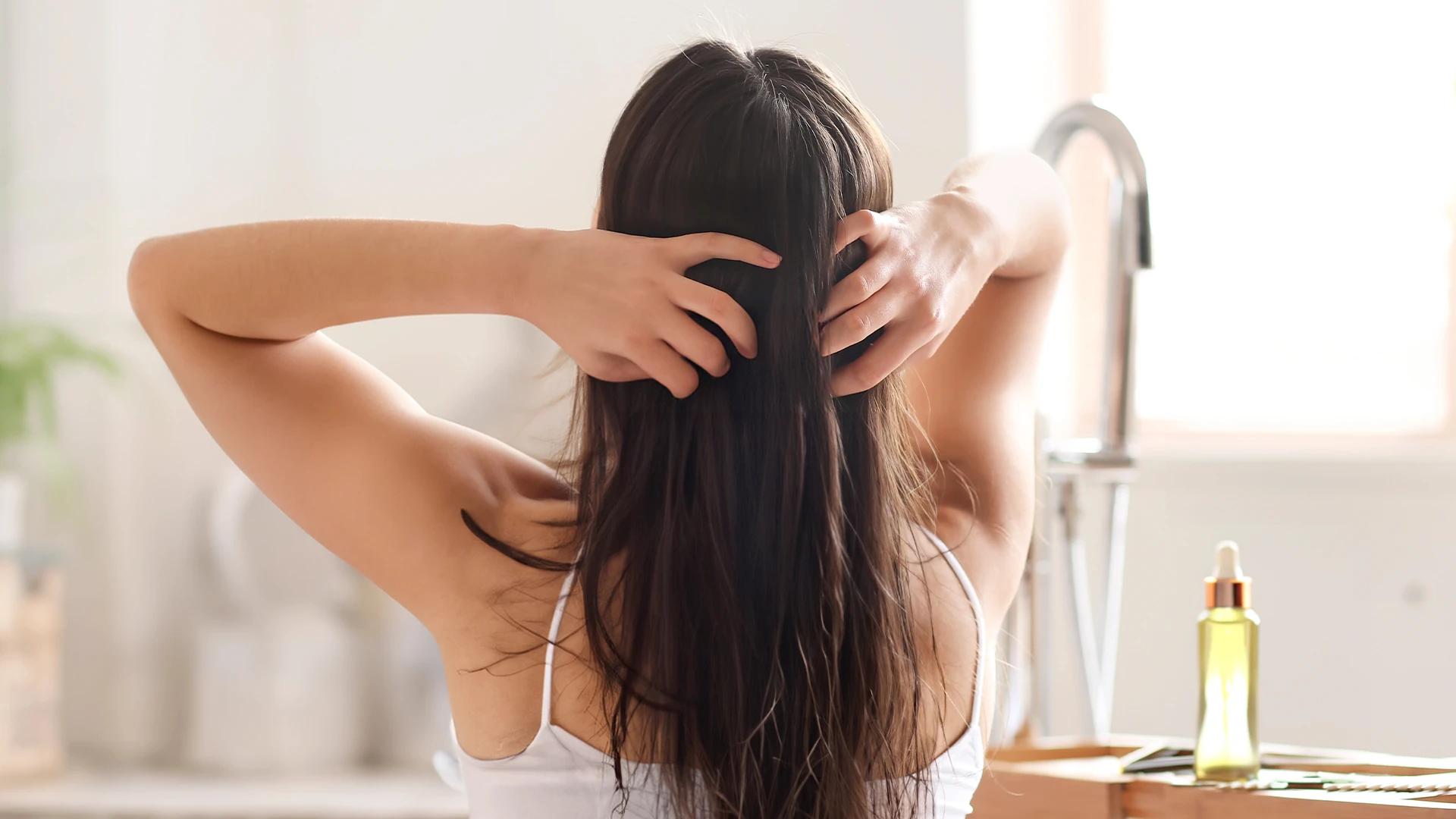Let's be real—watching your hair slowly vanish from your scalp feels like watching your favourite Netflix series get cancelled mid-season. Hair loss affects millions of people worldwide, and whilst there are countless commercial hair strengthening products promising miraculous results, natural hair growth remedies have been working their magic for centuries. The beauty of creating your own hair oil for hair loss lies in knowing exactly what's nourishing your scalp and controlling the quality of ingredients. Plus, DIY solutions are often gentler on both your hair and wallet. Ready to whip up a scalp treatment for thinning hair that might just become your haircare game-changer? Let's dive into this step-by-step guide that combines traditional wisdom with modern understanding of what makes hair thrive.
Understanding Hair Loss and Its Causes
Hair loss isn't just about genetics—though that definitely plays a part. Stress, hormonal changes, nutritional deficiencies, overstyling, and environmental factors all contribute to those unwelcome bald patches. Your hair follicles are basically tiny factories that need proper nourishment to keep producing strong, healthy strands. When they don't get what they need, production slows down or stops entirely.
Here's where hair oil for hair loss becomes your secret weapon. These natural blends work by improving blood circulation to your scalp, delivering essential nutrients directly to hair follicles, and creating a protective barrier that prevents further damage. Unlike harsh chemical treatments, oils work gently with your scalp's natural processes rather than against them. The key is choosing the right combination of ingredients that target your specific hair concerns—whether that's thinning, breakage, or slow growth.
Essential Ingredients for Your DIY Hair Oil Blend
Creating the perfect hair oil blend is like mixing the ultimate smoothie—each ingredient brings something special to the party. The foundation of any effective blend starts with carrier oils that provide the base, followed by essential oils for hair thickness and herbal extracts that target specific scalp issues. Think of it as building layers of nourishment that work together to create the ideal environment for hair growth.
The magic happens when these ingredients combine. Carrier oils penetrate deep into the hair shaft, essential oils stimulate circulation, and herbal extracts provide concentrated nutrients. This trinity of ingredients forms the backbone of most effective natural anti-hair fall solutions.
Carrier Oils for Hair Growth
**Coconut oil** is basically the golden retriever of haircare—friendly, reliable, and loved by almost everyone. It penetrates the hair shaft better than most oils, providing deep conditioning whilst protecting against protein loss. Plus, it's naturally antimicrobial, keeping your scalp healthy and clean.
**Castor oil** might be thick and slightly stubborn, but it's worth the effort. Rich in ricinoleic acid, this oil is known for its ability to improve circulation and promote hair growth. Many people swear by castor oil for thickening eyebrows and lashes, so imagine what it can do for your scalp.
**Argan oil** brings the luxury factor without the hefty price tag when you make it yourself. Packed with vitamin E and fatty acids, it's particularly good for damaged or brittle hair. This oil absorbs quickly without leaving a greasy residue, making it perfect for those who want results without the heavy feeling.
Essential Oils for Hair Thickness
**Rosemary oil** is the overachiever of essential oils. Studies suggest it might be as effective as some commercial treatments for promoting hair growth. It improves circulation and has antimicrobial properties that keep your scalp in tip-top condition.
**Peppermint oil** provides that tingly sensation that lets you know it's working. This cooling oil increases blood flow to hair follicles and can help wake up dormant follicles. Just remember—a little goes a long way with this potent oil.
**Lavender oil** is the calming influence in your blend. Beyond its lovely scent, lavender oil has been shown to promote hair growth whilst reducing stress—which is often a contributing factor to hair loss. It's gentle enough for sensitive scalps too.
Herbal Extracts for Scalp Health
**Amla** (Indian Gooseberry) is basically vitamin C in plant form. This powerhouse ingredient strengthens hair follicles and prevents premature greying. It's been used in traditional herbal hair care for baldness for centuries, and modern research backs up its effectiveness.
**Bhringraj** might sound exotic, but it's actually quite accessible and incredibly effective. Known as the "king of herbs" for hair, bhringraj oil helps prevent hair fall and promotes new growth. It's particularly good for those dealing with stress-related hair loss.
**Fenugreek** seeds are rich in proteins and nicotinic acid, both essential for healthy hair growth. These little seeds help strengthen hair roots and add shine to dull, lifeless hair. They're also great for treating dandruff and scalp irritation.
Step-by-Step Guide to Creating Your Hair Oil Blend
Now comes the fun part—actually making your personalised scalp treatment for thinning hair. This isn't complicated chemistry; it's more like following a recipe for the world's most nourishing hair cocktail. The process is straightforward, but attention to detail makes all the difference between a good blend and an amazing one.
Timing is everything here. You want to create your blend when you have about 30-45 minutes of uninterrupted time. This ensures you can focus on measurements and avoid any mishaps that might waste your precious ingredients.


 100 ml
100 ml 100 ml
100 ml 200 ml
200 ml 100 ml
100 ml